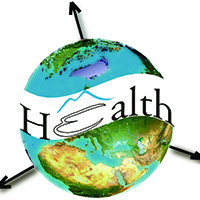Covid-19: Pandemonium in our time

All claims expressed in this article are solely those of the authors and do not necessarily represent those of their affiliated organizations, or those of the publisher, the editors and the reviewers. Any product that may be evaluated in this article or claim that may be made by its manufacturer is not guaranteed or endorsed by the publisher.
Authors
While pandemonium has come to mean wild and noisy disorder, the reference here is to John Milton's epic poem Paradise Lost and the upheaval following Lucifer's banishment from Heaven and his construction of Pandæmonium as his hub. Today's avalanche of conflicting news on how to deal with the coronavirus disease 2019 (Covid-19) brings to mind the Trinity nuclear bomb test with Enrico Fermi estimating its strength by releasing small pieces of paper into the air and measuring their displacement by the shock wave. Fermi's result, in fact not far from the true value, emphasised his ability to make good approximations with few or no actual data. The current wave of Covid-19 presents just this kind of situation as it engulfs the world from ground zero in Wuhan, China. Much information is indeed missing, but datasets that might lead to useful ideas on how to handle this pandemic are steadily accumulating.
How to Cite
PAGEPress has chosen to apply the Creative Commons Attribution NonCommercial 4.0 International License (CC BY-NC 4.0) to all manuscripts to be published.













